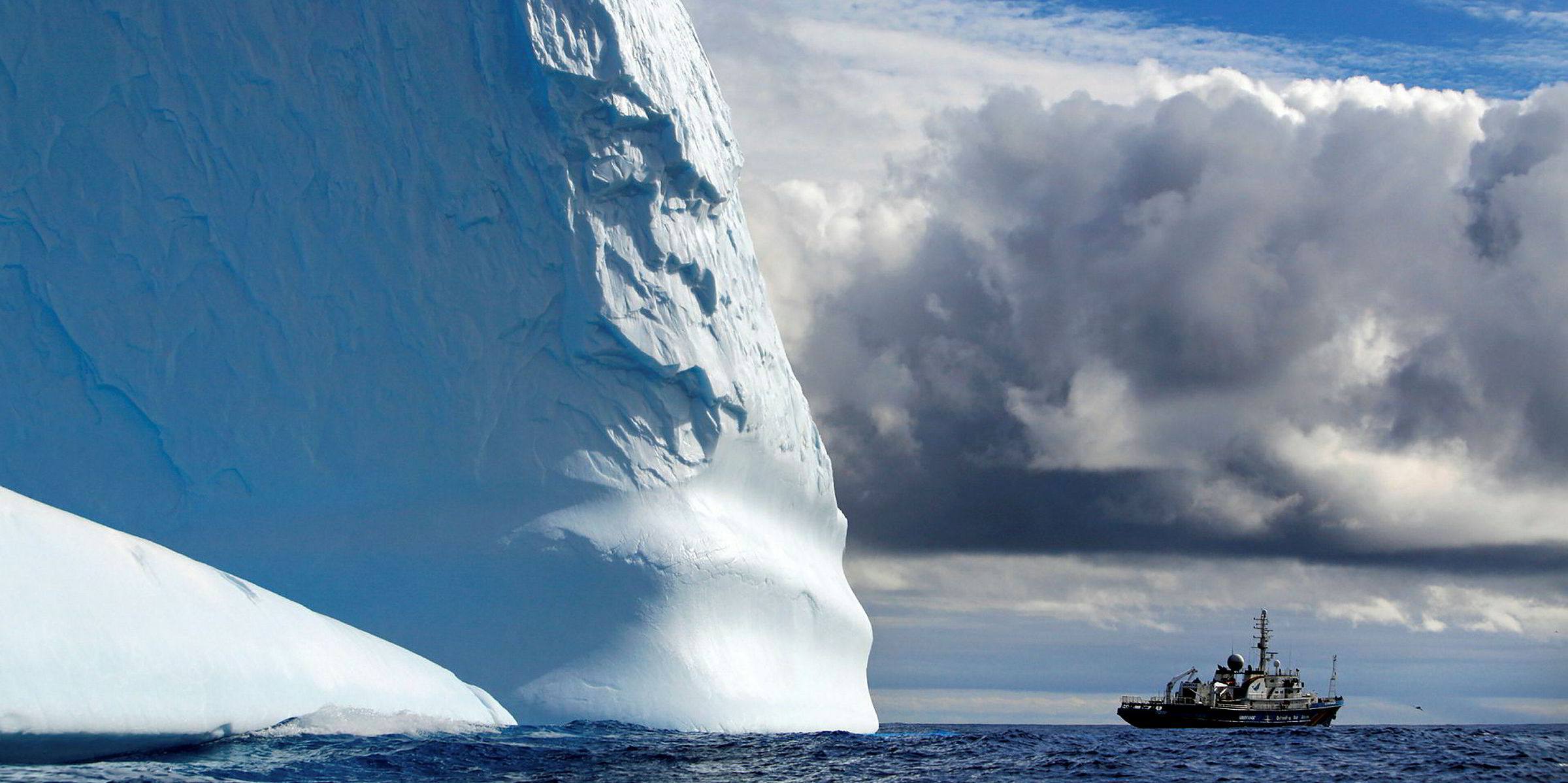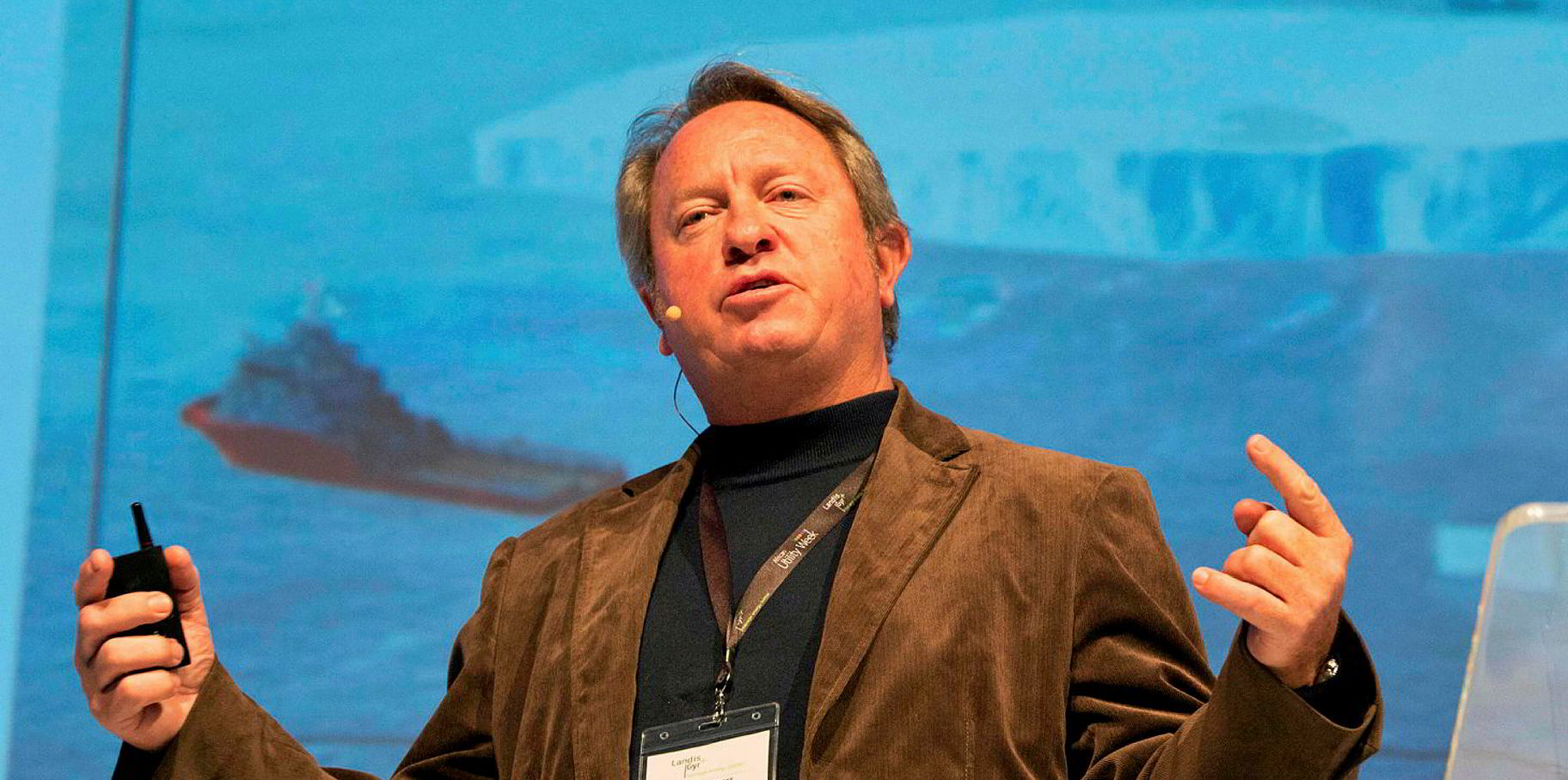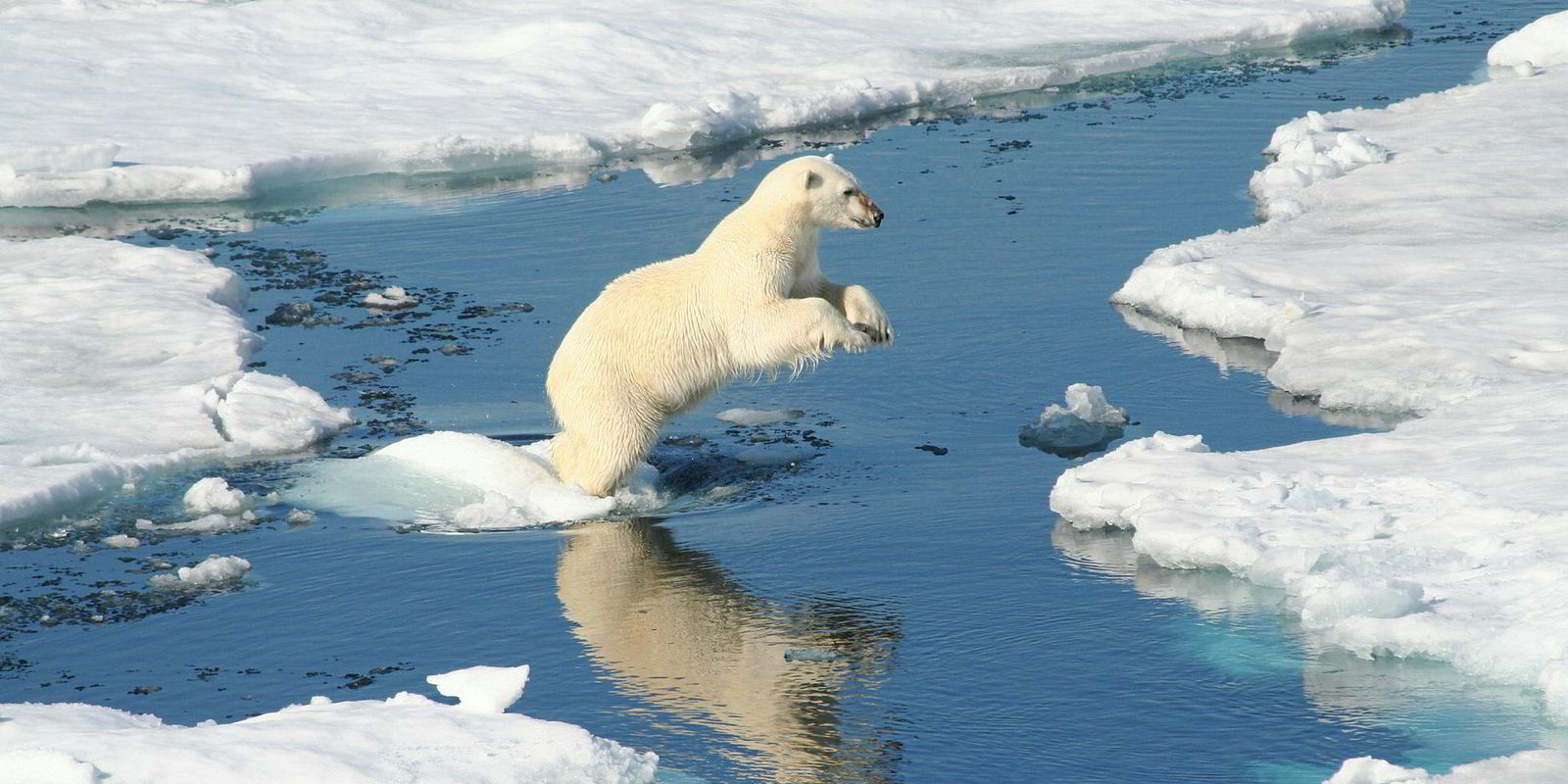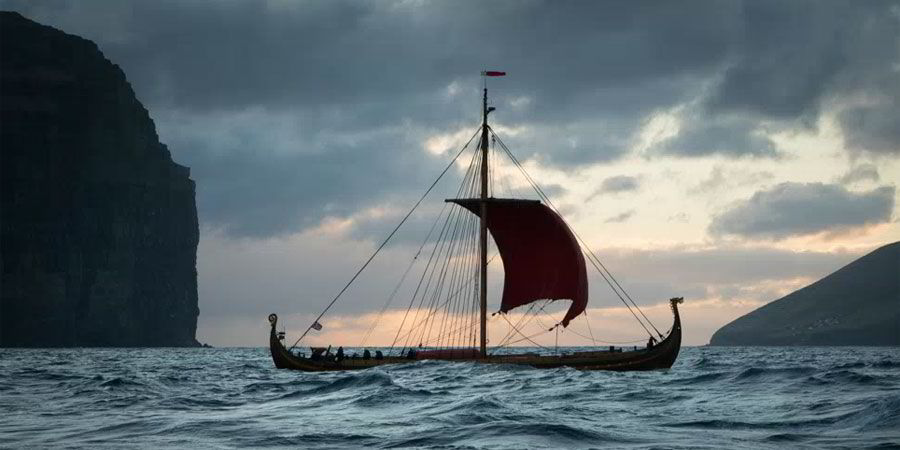An old sailor laments being stranded at sea with the line “Water, water, everywhere, Nor any drop to drink” in Coleridge’s poem The Rime of the Ancient Mariner.
Exactly 220 years later, the residents of Cape Town, facing out onto the South Atlantic Ocean, had the same problem: plenty of salt water, but a distinct lack of the drinking sort.
The water shortage, dubbed Day Zero, saw the South African city prepare itself to halve supplies in May 2018 from a 50-litres-per-day limit that had already been imposed (less than the average American uses for a shower), as its reservoirs dropped towards 13.5% of capacity.
The crisis was averted as the restrictions and an end to several years of drought helped reservoirs begin to fill again. But it is widely accepted that climate change and an overloaded infrastructure mean Day Zero remains a threat that is unlikely to go away.
Step up the country’s legendary salvage master, Nick Sloane, the man responsible for raising the Costa Concordia, the cruiseship that capsized off Italy in 2012.
Sloane has a plan to counter the drought threat — towing 100m-tonne icebergs 2,500km from Antarctica to the tip of Africa, where it is estimated one such berg could supply a quarter of Cape Town’s annual needs.
Towing icebergs to hot, dry places is not a new idea, but even Sloane admits that 10 years ago he would have thought the plan crazy. Now, he tells TW+, the time is right.
Similar proposals have been considered before but dropped due to technical complexities and the availability of more conventional options.

Sloane has brought into his Southern Ice Project team one of the experts from a 1970s effort, Iceberg Transport International, which aimed to supply Saudi Arabia with frozen water. Frenchman Georges Mougin is its technical director.
Southern Ice Project, in which Sloane has invested $100,000, has also employed Professor Olav Orheim, a University of Bergen glaciologist who was director of the Norwegian Polar Institute from 1993 to 2005, and South African water systems civil engineer Dr Mike Shand as contributors. Studies into towing icebergs have also been done by the Woods Hole Oceanographic Institution, which has joined the nascent venture.
The Southern Ice plan is to lassoo a tabular-shaped iceberg about 900 metres by 500 metres and up to 230 metres deep with a buoyant, ultrastrong Dyneema net using two long-distance ALP-type tugs.
Then the tow would be handed over to two VLCCs, led by the tugs, to drag the iceberg at about half a knot from Gough Island, in the mid-South Atlantic, where the Benguela current can help push it up towards South Africa’s western coast. Tankers have the power — 350-400 tonnes of bollard pull — and bunker capacity to alter the heading of the iceberg in the current.
Salvage company Resolve Marine, for which Sloane works, could provide a fair degree of the expertise involved in capturing, towing and mooring icebergs.
Icebergs have been towed before to avoid collisions with oil rigs, but insuring a long-distance tow would be costly in case the berg broke up en route. Nick Sloane is considering insuring elements of the project on the London market. The next step, which he plans for late this year and early 2021, when the Southern Ocean is at its least ferocious, is to head to Gough Island, where icebergs would be captured to monitor, map and radiograph them to compare actual physical properties with the theoretical models.
The voyage would take up to 90 days, with a melt loss of about 8% over the period from an initial 88,000 megalitres of frozen water. Final delivery of around 70% of the water would be made by 50,000-dwt tankers to a single-buoy mooring off Melkbosstrand, 35km north of Cape Town, where an undersea pipeline would run to an existing reservoir and treatment plant.
Total price of the tow is estimated at $120m, but $150m would be needed to complete delivery. That is more expensive than the normal price of water for Cape Town, but it also depends on how much extra water is needed over the next 20 years if comparing against the capital costs of a desalination plant.
Further tows could cost $60m less by using the same equipment again.
Sloane says he has a group of Swiss, German and South African financiers potentially interested in funding a first tow, with Bloomberg naming Water Vision, a Swiss water technology and infrastructure firm, as one of them.
Simple, then. Well, there is the problem of finding the right icebergs in the Southern Ocean, where conditions can include massive waves and winds of up to 130km/h. Antarctica calves about 50,000 tabular icebergs of the right size each year, but most are in the wrong place.
And then there is the question of persuading the Cape Town authorities.
Sloane says the city has relaxed its water restrictions but they remain at 80 litres per person per day, while there are still severe shortages for surrounding towns and farms.
“If we can deliver 100+ million litres per day to the city, then dams can redirect water to other areas in need. The trend of rainwater and groundwater is downwards, and the region will still experience at least four to five drought years over the next 20 years,” he tells TW+.
“We can supplement other initiatives with a separate and sustainable source of additional water. The icebergs are free, the water is free, we just charge a delivery fee for each cube.
“The investors take the risk. All we need is a take-off agreement, from either the city or state, to trigger the investment.”
Then again, the authorities did almost allow Cape Town to die of thirst two years ago.






